How to Turn off Microsoft-Verified Apps in Windows
Windows is set up to display an error message, “The app you are trying to install isn’t a Microsoft-verified app,” when you attempt to install apps not verified by Microsoft. This feature aims to prevent potential threats from viruses or malware, as Microsoft-verified apps are typically those available in the Microsoft Store and have met certain safety standards.
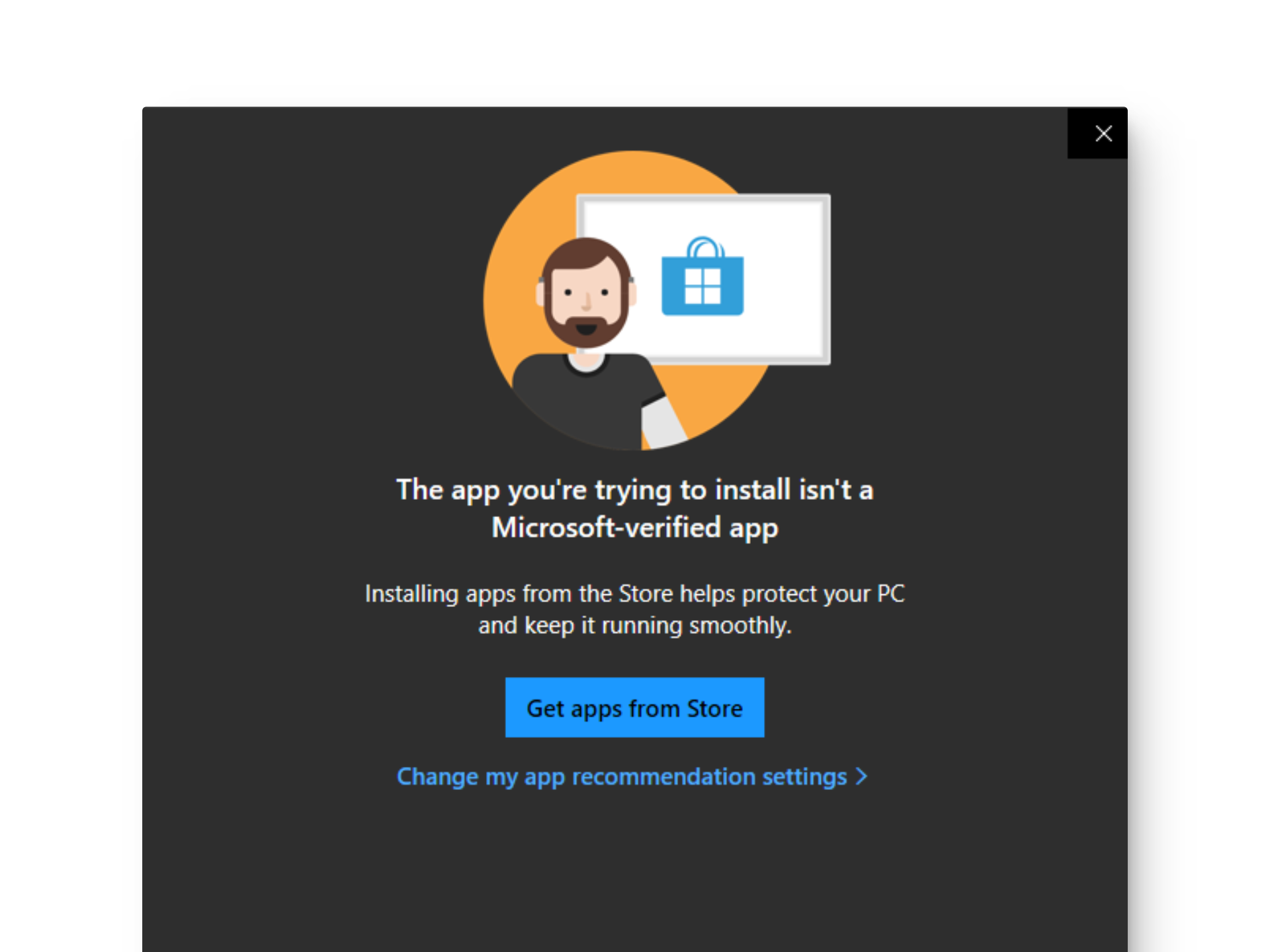
Third-party developers can enhance their apps’ credibility by digitally signing them through Microsoft Authenticode Technology, although not all developers choose to do this. As a result, you may encounter warning pop-ups when attempting to install unverified, third-party apps.
The absence of Microsoft verification doesn’t mean an app is unsafe, but it does place the responsibility for ensuring its safety on you. While the Microsoft Store offers a wide range of secure apps, you might still need unverified apps for their unique features, customization, or to explore different software. Disabling the verification feature provides the freedom to install such apps, bypassing default restrictions.
However, it’s essential to be careful and follow these safety measures when installing unverified apps:
- Download software from trusted and official sites only.
- Avoid installing cracked versions of paid programs.
- Refrain from visiting suspicious websites.
- Refer to reviews published in forums and reputable tech sites.
- Always enable Windows Defender or an antivirus program.
- Use online tools to scan download links and check for link security.
- Create a backup point in case the app turns out to be malicious, and you need to restore your data.
You can disable Microsoft-verified apps using several methods, and your choice depends on your comfort level and the Windows edition you are using.
1. Via Windows Settings
The easiest way to disable verification is through Windows Settings, which enables you to control the operating system and its app permissions from a single place.
- Open the Settings app by pressing Windows key + I on your keyboard.
- Click on Apps on the left sidebar and go to Advanced App Settings.

- Click to open the drop-down menu for Choose where to get apps and select Anywhere.
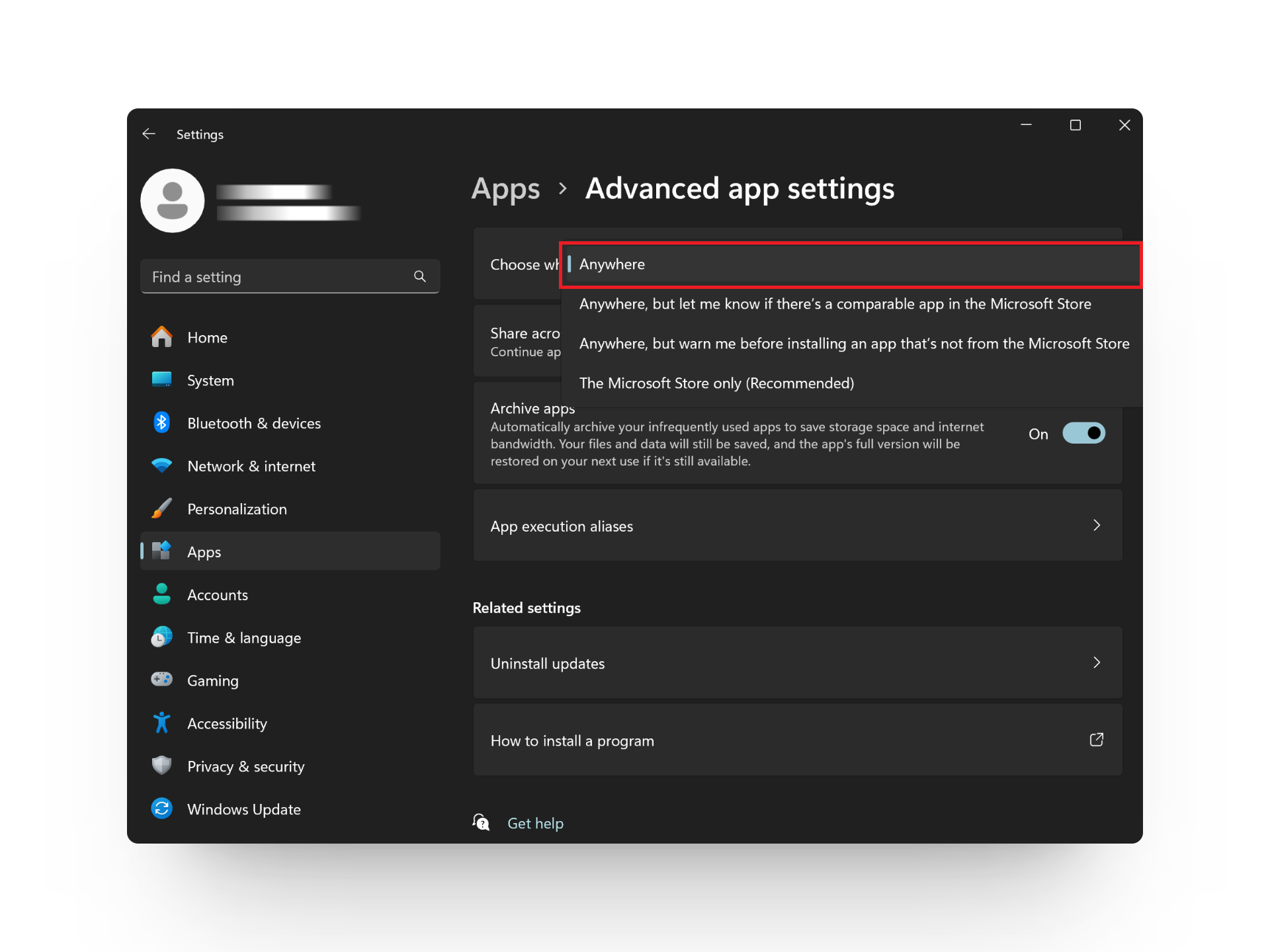
2. Disable S Mode
When S Mode is active, it restricts your computer to only install and run apps available in the Microsoft Store. You can disable this mode to install any third-party app from your preferred platform.
- Open the Settings app.
- Go to System > Activation.

- Select S Store and hit the Open Store button.
- Click on the Get button.
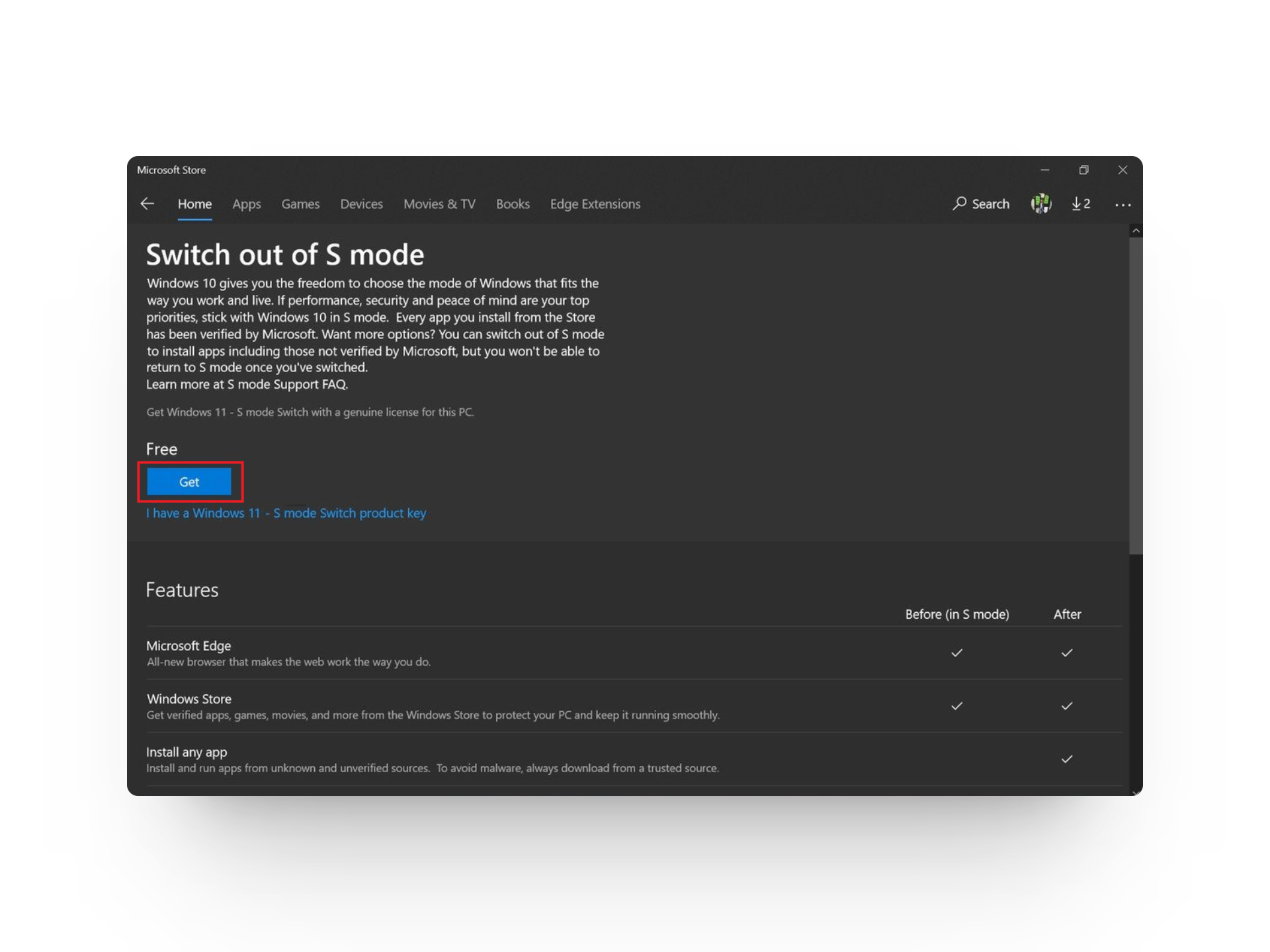
- Continue following the on-screen instructions to exit S mode.
3. Use the Command Prompt
The Windows Command Line Interpreter can be a convenient alternative method, especially for those comfortable using it. With one command, you can apply the desired changes effortlessly.
- Press Windows key + S to open Windows Search.
- Type cmd and select Run as administrator.
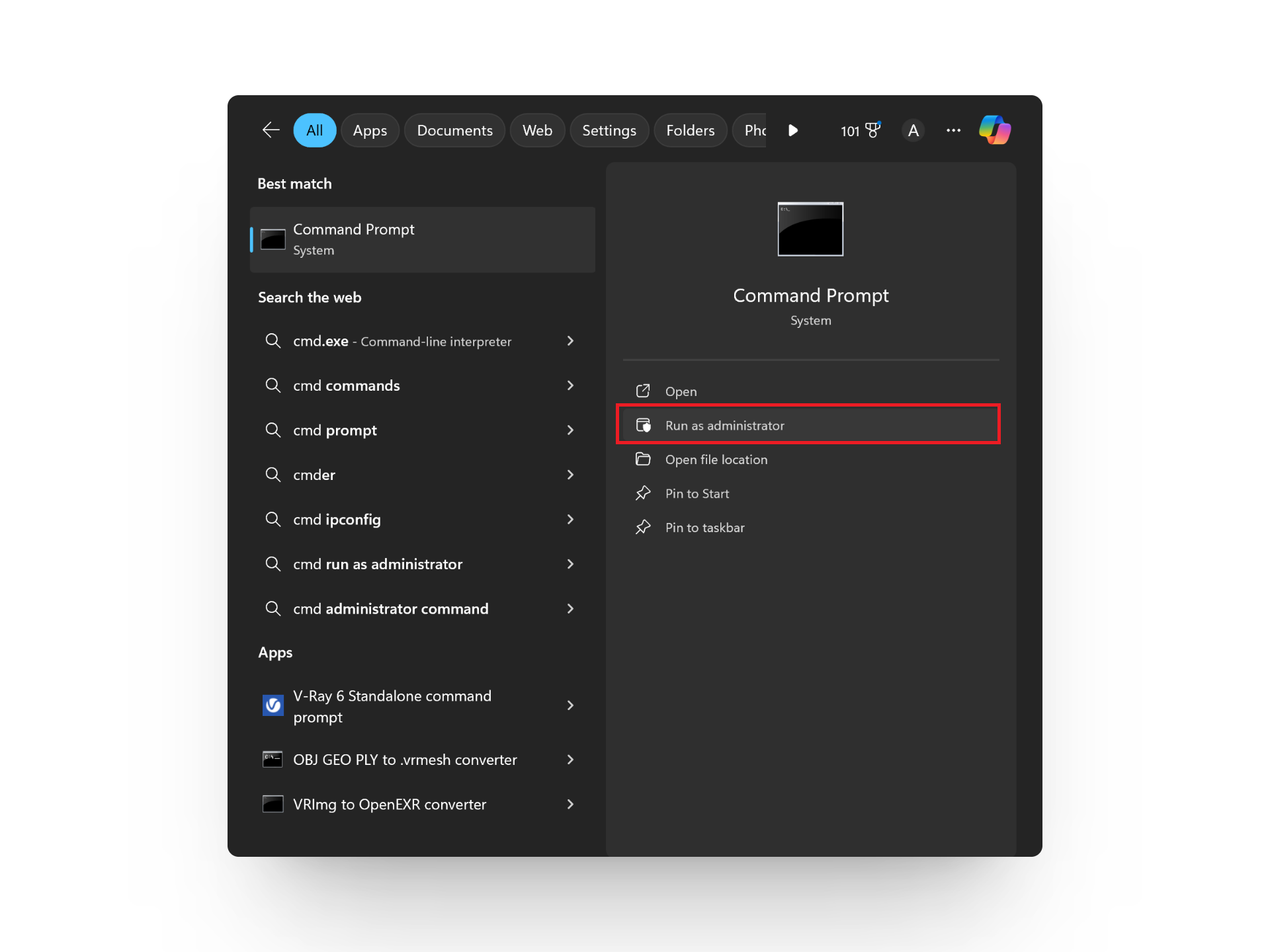
- Enter the following command in the prompt and hit Enter to execute it:
HKEY_LOCAL_MACHINE\SOFTWARE\Microsoft\Windows\CurrentVersion\Explorer /v AicEnabled /t REG_SZ /d Anywhere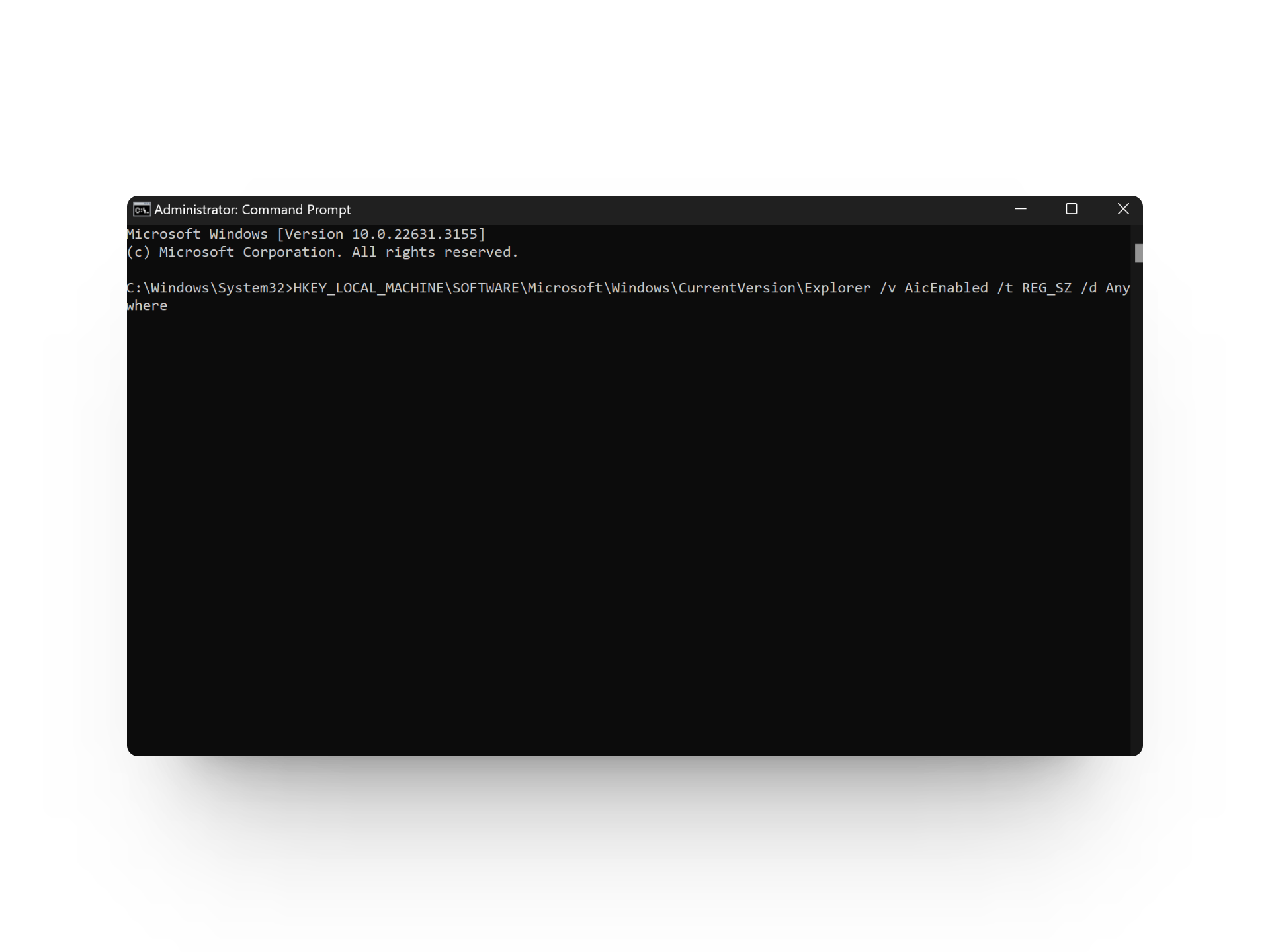
4. Via the Group Policy Editor
If your PC is part of an organization or if you need to apply settings across multiple PCs within that organization, you can use the Group Policy Editor.
- Press Windows key + R to open the Run dialog box.
- Type in gpedit.msc and click OK.

- Navigate to Computer Configuration > Administrative Templates > Windows Components > Windows Defender SmartScreen > Explorer.
- Double-click on Configure App Install Control.
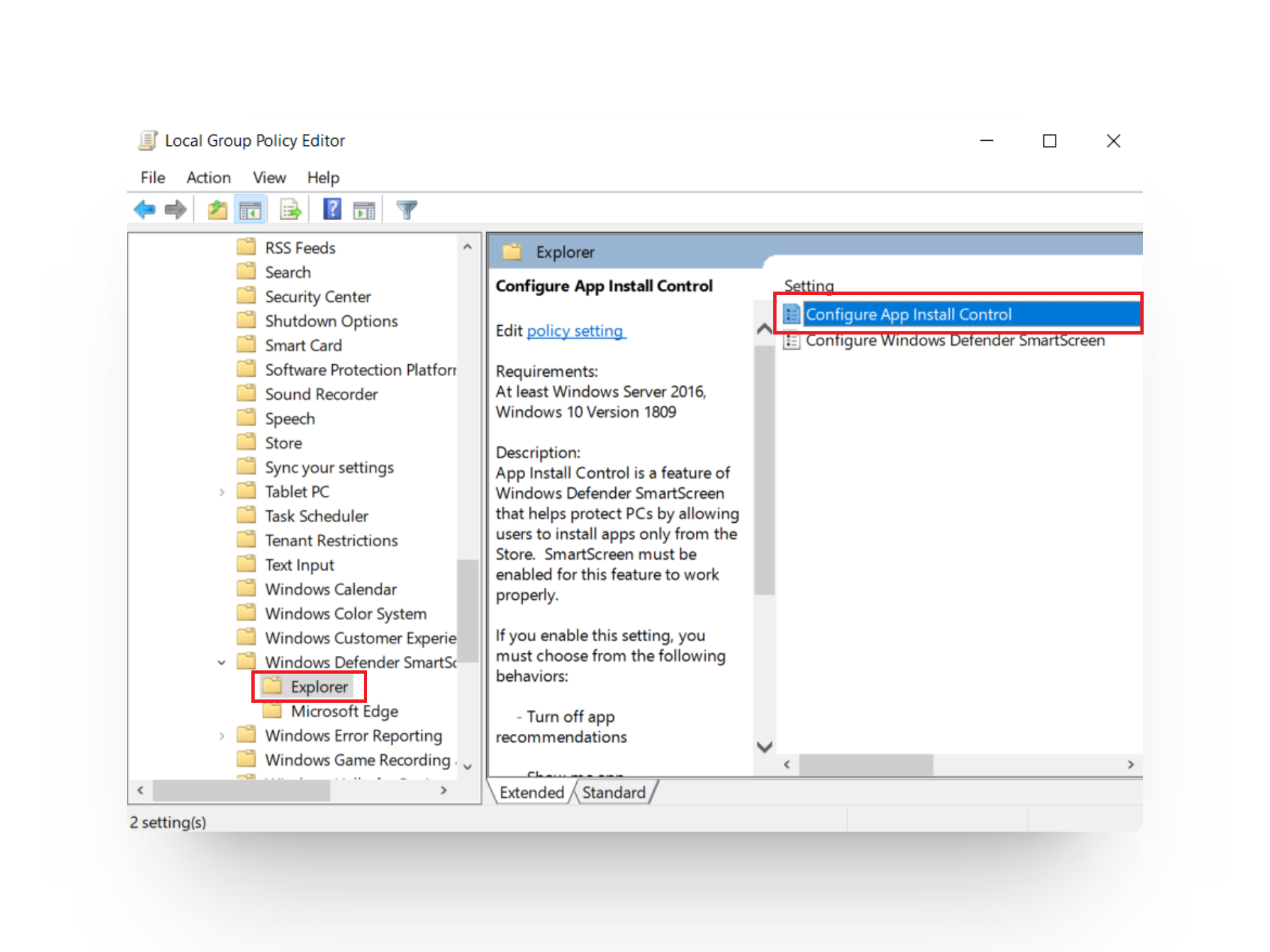
- In the pop-up window, choose Not Configured or Disabled, and click OK.
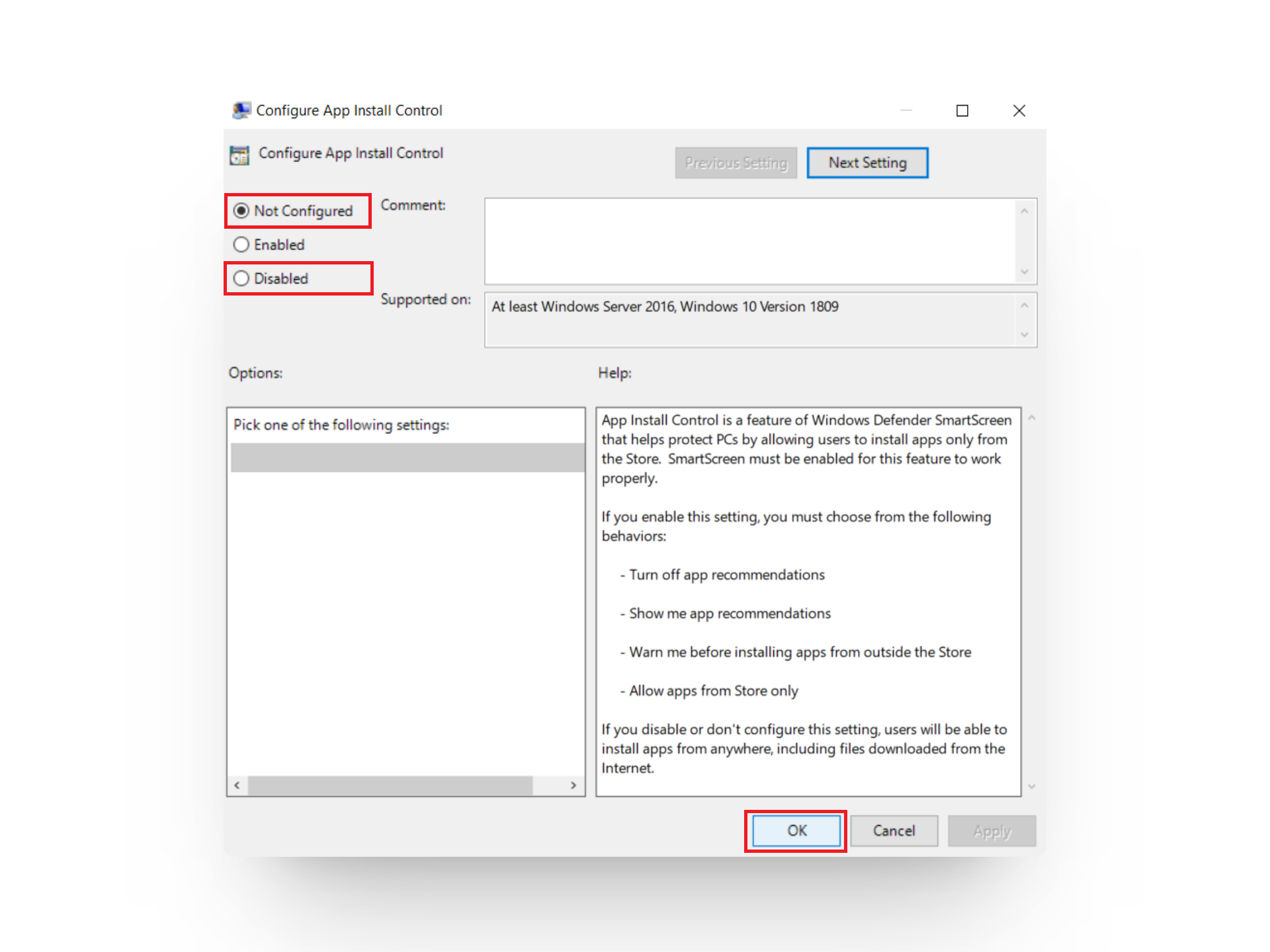
5. With the Registry Editor
As a final method, you can edit registry values to configure settings on your system. It’s crucial that this approach be undertaken with caution, and it should only be considered if none of the previous methods prove effective.
Editing registry values requires extreme caution because any errors during this process may lead to system failures or corruption. Before proceeding, it’s important to create a backup of the Windows Registry for added security.
- Press Windows key + S to open Windows Search.
- Search for Registry Editor and click on Open.
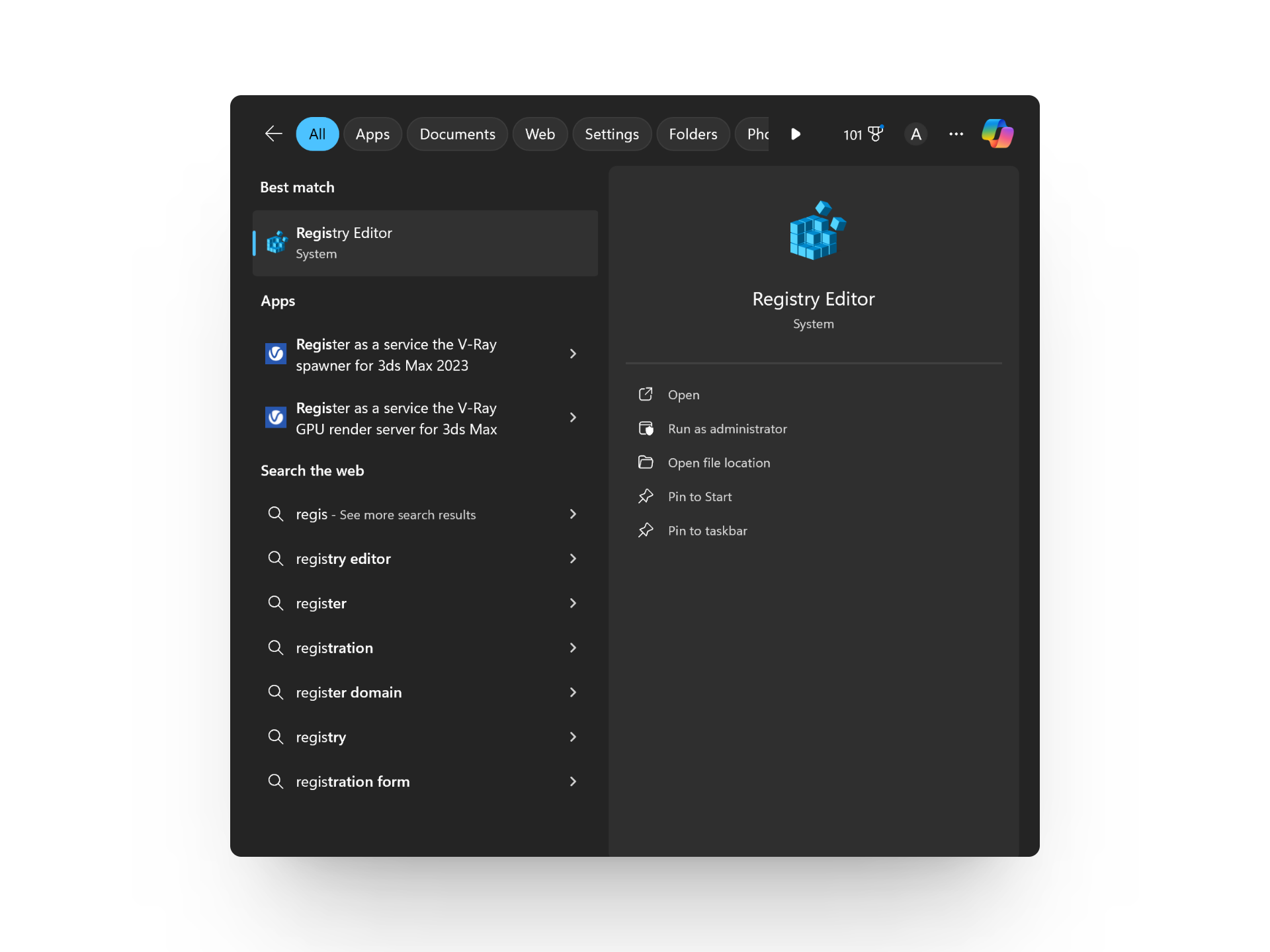
- Navigate to HKEY_LOCAL_MACHINE > SOFTWARE > Microsoft > Windows > CurrentVersion > Explorer.
- Right-click on Explorer and click New.
- Choose String value and name it AicEnabled.
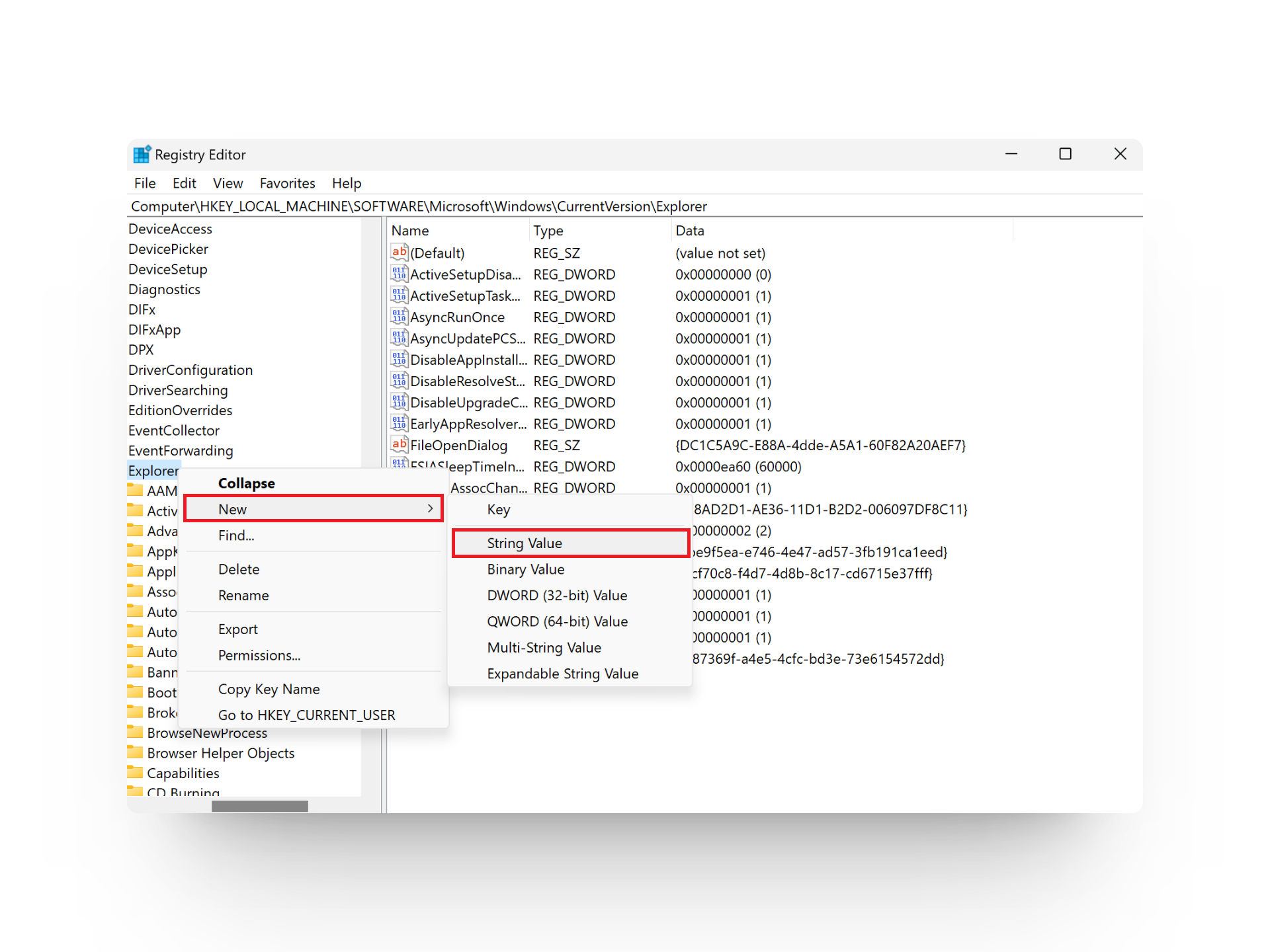
- Double-click on AicEnabled and change its Value data field to Anywhere.
- Click OK and close the Registry Editor.
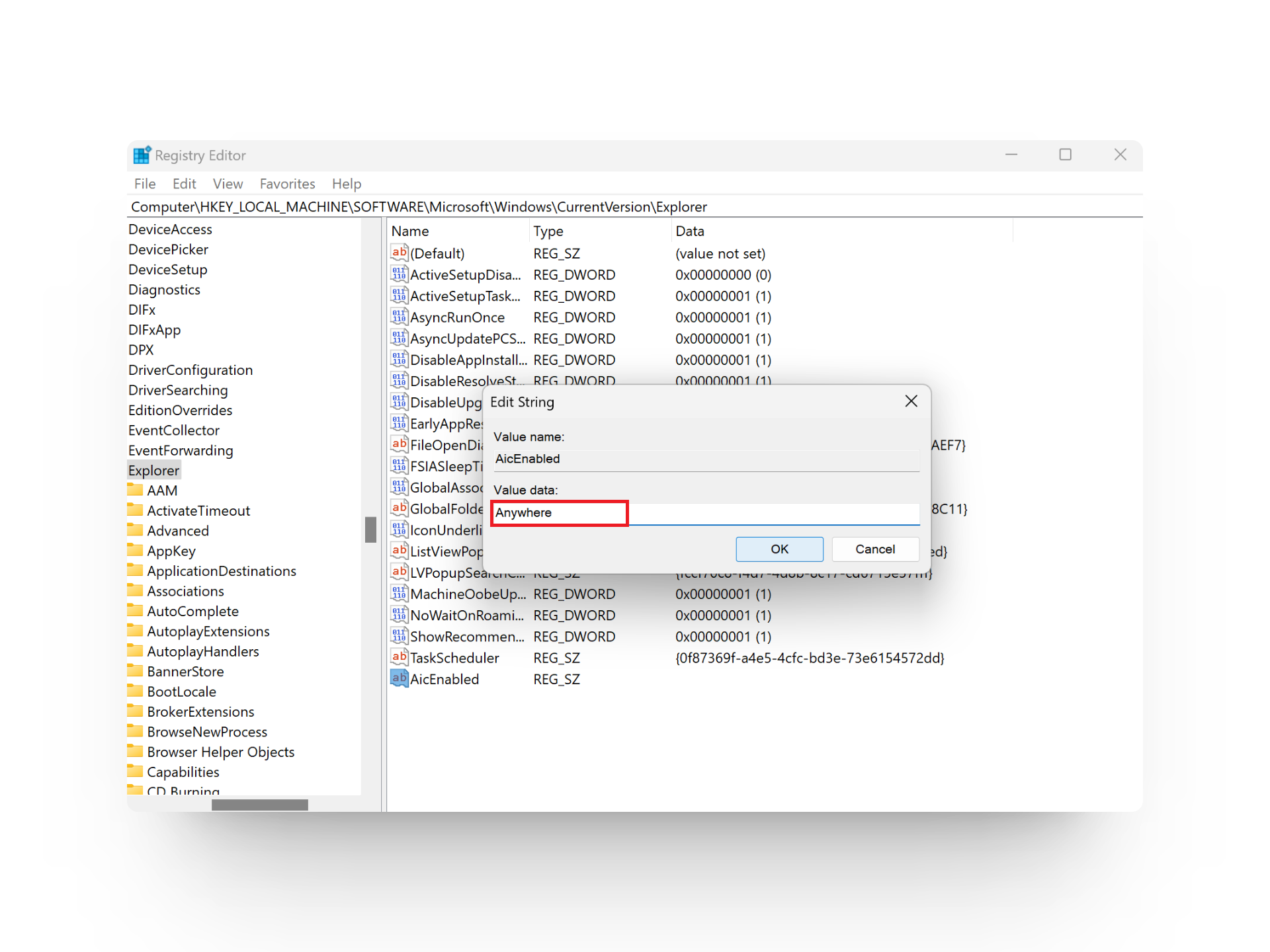
- Restart your PC to apply these changes.
-
Yes, you can re-enable Microsoft-verified apps after disabling them. Simply go to Settings > Apps > Advanced App Settings > Choose where to get apps, and then select “Prefer apps from the Microsoft Store.”
Not necessarily. While Microsoft’s verification process minimizes risks, you can take precautionary measures when downloading from non-verified sources. This includes checking reviews, scanning download links, using antivirus software, and more.
Unfortunately, no. The verification requirement applies to all applications. You can either choose to install only verified apps or opt to install any app, verified or not. There’s no option to selectively disable verification for specific apps.
If you know how to verify legitimate sources and only download applications from reputable developers, disabling Microsoft-verified apps may not expose your system to immediate threats. However, if you share your PC with others who may not be familiar with this, or if you aren’t confident in your ability to verify sources, it’s best to keep the feature enabled.
 Reviewed by
Reviewed by 



